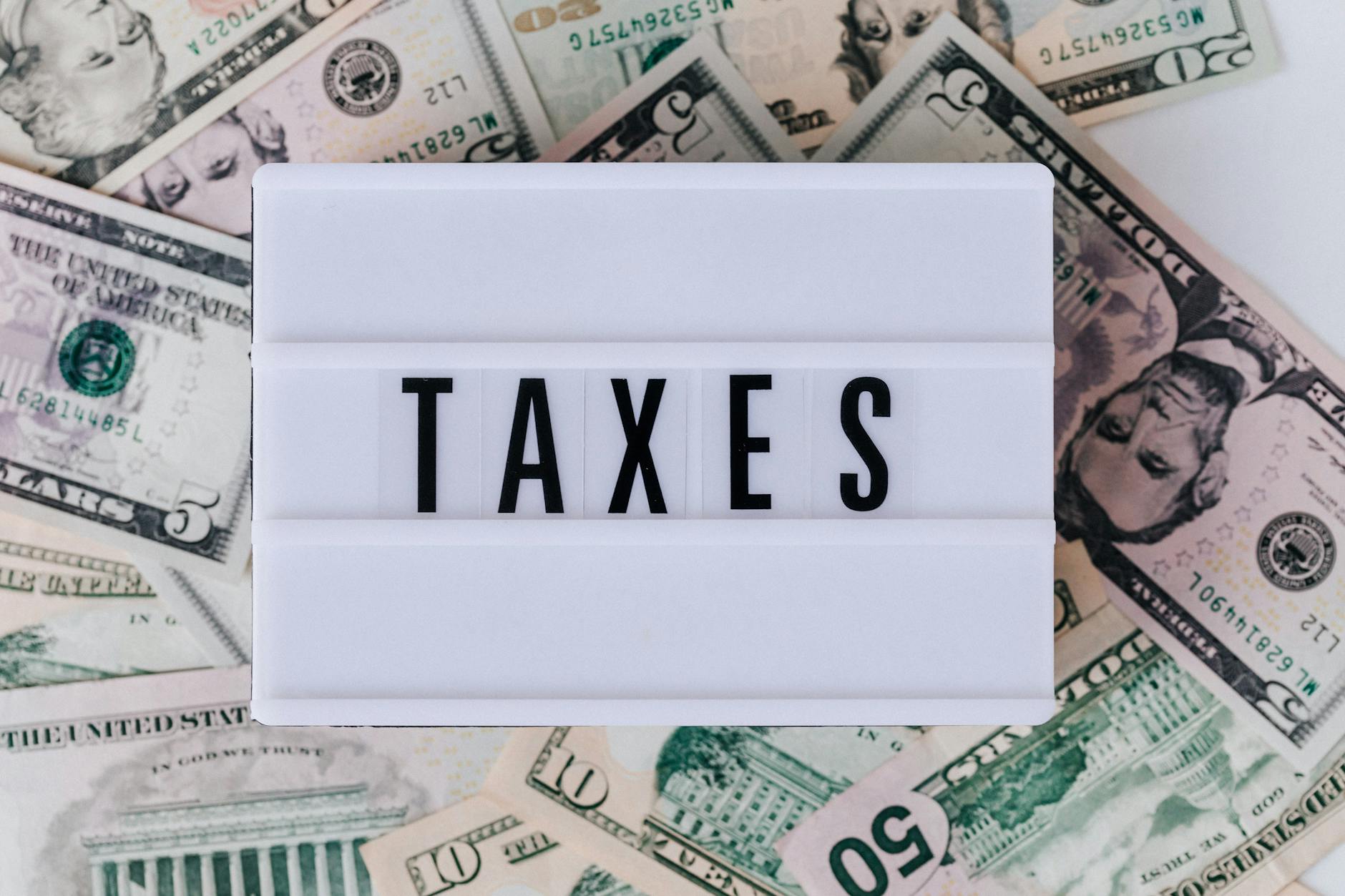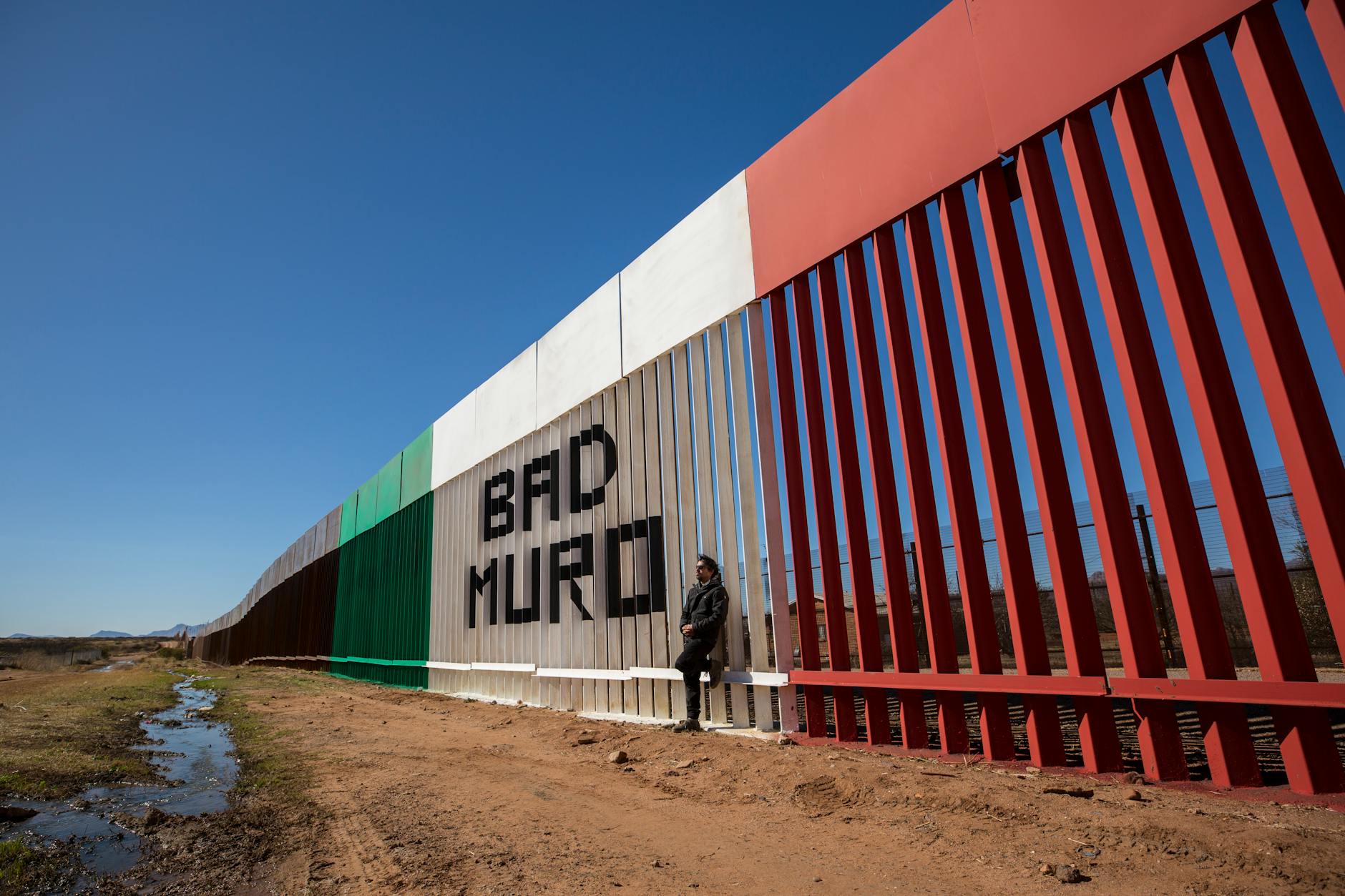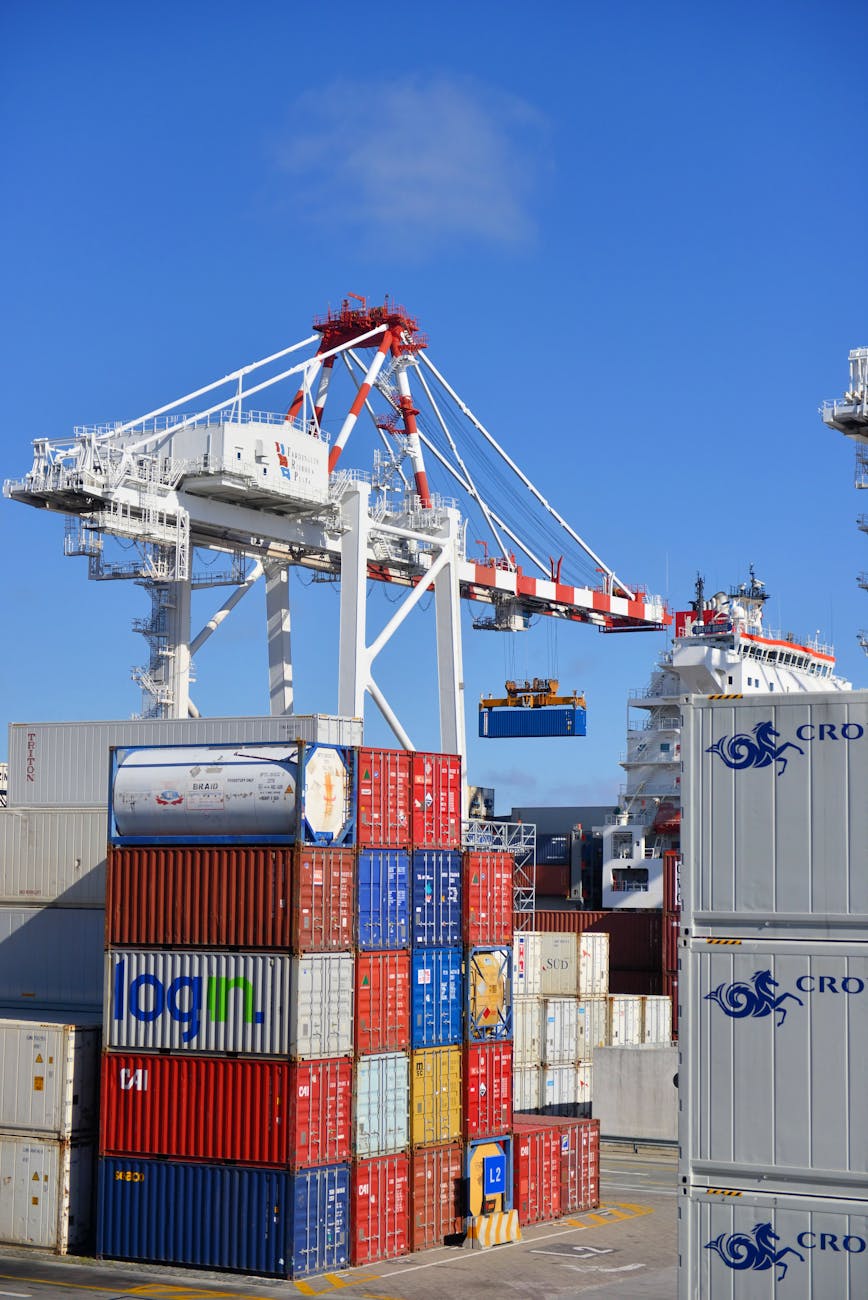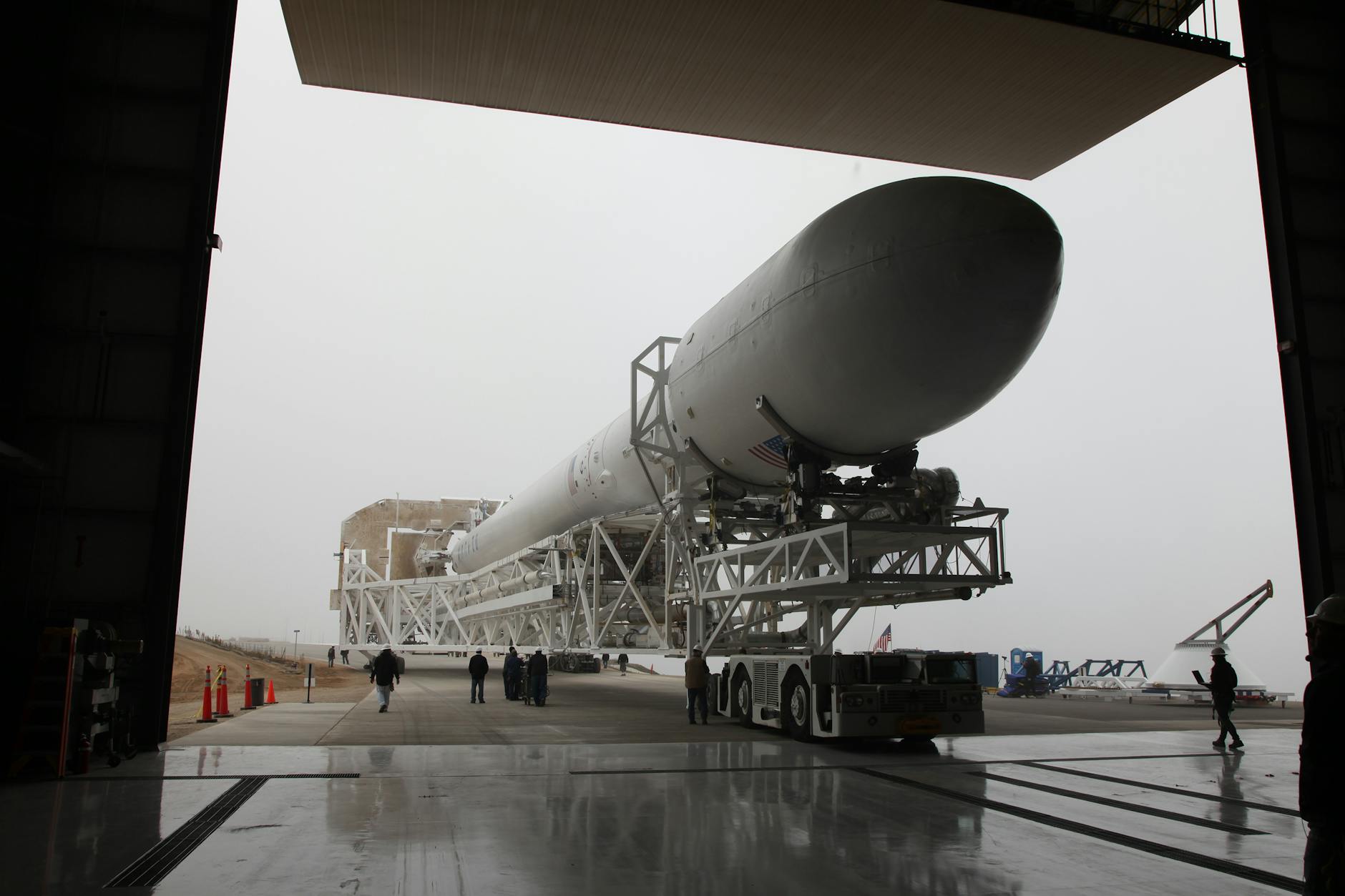Donald Trump’s presidency was marked by a series of impactful policies that shaped the direction of the United States. From sweeping tax reforms to significant changes in immigration, these policies left a lasting imprint on both domestic and international affairs. Understanding these key policies is essential for grasping the broader implications of the Trump administration’s approach to governance.
In this article, we’ll explore 15 of the most significant policies during Donald Trump’s time in office. We’ll examine their goals, outcomes, and the controversies they flickered.
15 Key Policies During Donald Trump’s Presidency (One-line Details)
- Tax Cuts and Jobs Act (2017): A major tax reform that lowered corporate and individual tax rates to boost economic growth.
- U.S.-Mexico Border Wall and Immigration Policies: Focused on strengthening border security and reducing illegal immigration through the construction of a border wall.
- Repeal and Replacement Attempts of the Affordable Care Act: Efforts to dismantle Obamacare and reduce government involvement in healthcare, though not fully successful.
- Trade Policies and Tariffs: Aimed at protecting American industries by imposing tariffs, particularly on Chinese goods, to address trade imbalances.
- Withdrawal from the Paris Climate Agreement: The U.S. exit from a global climate pact, reflecting Trump’s scepticism of climate change and focus on economic interests.
- Criminal Justice Reform: The First Step Act: A bipartisan law that reduced sentences for non-violent offenders and focused on rehabilitation.
- Deregulation Efforts: A broad rollback of government regulations in various sectors to stimulate economic growth and reduce business burdens.
- Foreign Policy Shifts: A redefined approach to U.S. alliances and global engagement, emphasizing “America First” and reducing involvement in international conflicts.
- Judicial Appointments: The appointment of three Supreme Court justices and numerous federal judges, solidifying a conservative influence on the judiciary.
- Space Force Establishment: Creation of the U.S. Space Force as a new branch of the military to protect American interests in space.
- Response to the COVID-19 Pandemic: A mixed response to the pandemic, including the acceleration of vaccine development through Operation Warp Speed.
- Withdrawal from the Iran Nuclear Deal: U.S. exit from the Iran nuclear deal, escalating tensions in the Middle East and altering U.S. foreign policy.
- Healthcare Drug Pricing: Healthcare Drug Pricing: Trump’s administration sought to reduce prescription drug costs through increased pricing transparency
- Economic Stimulus Measures: Implementation of direct payments, expanded unemployment benefits, and business loans to stabilize the economy during the COVID-19 pandemic.
- Middle East Peace Initiatives: Abraham Accords: Facilitating the normalization of relations between Israel and several Arab nations, marking a significant diplomatic achievement.
1. Tax Cuts and Jobs Act (2017)

One of the most significant accomplishments during Donald Trump’s presidency was the Tax Cuts and Jobs Act of 2017. This tax reform aimed to stimulate economic growth by lowering the corporate tax rate and reducing taxes for individuals. Proponents argued that it would create jobs and boost the economy, while critics warned it could increase the national debt.
The policy remains a cornerstone of Trump’s economic agenda, with long-term impacts still debated today. Whether viewed as a success or a risk, the Tax Cuts and Jobs Act had a profound effect on the U.S. economy during Trump’s administration.
Read more: Effects of the Tax Cuts and Jobs Act: A preliminary analysis
2. U.S.-Mexico Border Wall and Immigration Policies

Building a wall along the U.S.-Mexico border was a central promise of Trump’s campaign. His administration’s immigration policies focused on strengthening border security and reducing illegal immigration. The construction of the wall, along with policies like “zero tolerance,” sparked intense debate across the country.
Supporters saw these measures as essential for national security, while opponents criticized them for humanitarian reasons. Trump’s approach to immigration remains one of the most controversial aspects of his presidency.
3. Repeal and Replacement Attempts of the Affordable Care Act (Obamacare)

Trump’s efforts to repeal and replace the Affordable Care Act, known as Obamacare, were a major focus of his administration. The goal was to reduce government involvement in healthcare and lower costs for Americans. Despite several attempts, the administration was unable to fully repeal the law.
The debate over healthcare reform highlighted deep divisions in U.S. politics. Trump’s push to dismantle Obamacare remains a key policy moment of his presidency, with lasting effects on the healthcare system.
Read More: Top 15 productivity secrets of Elon Musk that everyone should know
4. Trade Policies and Tariffs

Trump’s trade policies, particularly his tariffs on China, aimed to protect American industries and reduce trade deficits. These measures were part of a broader effort to reshape global trade relations. While some industries benefited, others faced challenges due to retaliatory tariffs.
The trade wars, especially with China, were a defining feature of Trump’s economic strategy. These policies sparked widespread debate about their effectiveness and long-term impact on the U.S. economy.
5. Withdrawal from the Paris Climate Agreement

In 2017, Trump announced the U.S. withdrawal from the Paris Climate Agreement, a global effort to combat climate change. He argued that the agreement was unfair to the U.S. and harmful to American jobs. This decision was met with strong reactions both domestically and internationally.
Critics warned that it would undermine global climate efforts, while supporters believed it protected U.S. economic interests. The withdrawal from the Paris Agreement remains one of the most significant environmental policies of Trump’s presidency.
Read more: 4 Reasons Trump Was Right to Pull Out of the Paris Agreement
6. Criminal Justice Reform: The First Step Act

The First Step Act, signed into law by Donald Trump in 2018, was a significant piece of criminal justice reform. This bipartisan legislation aimed to reduce prison sentences for non-violent offenders and improve rehabilitation efforts. It received praise from both sides of the aisle for addressing issues like over-incarceration.
By focusing on second chances and reducing recidivism, the First Step Act marked a key policy achievement during Trump’s presidency. This reform continues to influence the criminal justice system in the United States.
Read More: Top 15 Mind-Blowing Facts About Billionaires You Never Knew
7. Deregulation Efforts

Throughout his presidency, Trump prioritized reducing government regulations, particularly in business and environmental sectors. His administration rolled back numerous regulations, arguing that these efforts would stimulate economic growth and reduce burdens on businesses.
While supporters applauded these changes as a boost for the economy, critics raised concerns about potential environmental and safety risks. Trump’s deregulation policies played a crucial role in shaping the economic landscape during his time in office.
8. Foreign Policy Shifts

Trump’s foreign policy marked a departure from previous administrations, focusing on “America First.” His approach included re-evaluating alliances, demanding fairer trade deals, and reducing U.S. involvement in global conflicts. Notable actions included summits with North Korea and challenging NATO members to increase defence spending.
These shifts were met with mixed reactions, both at home and abroad. Trump’s foreign policy changes were designed to prioritize U.S. interests but often led to strained international relationships.
9. Judicial Appointments: Supreme Court and Federal Judges

Donald Trump had a lasting impact on the U.S. judiciary through his appointments of Supreme Court and federal judges. His administration successfully appointed three Supreme Court justices and over 200 federal judges, many of whom are young and hold conservative views.
These appointments are expected to shape U.S. law for decades to come. By focusing on judicial appointments, Trump solidified a conservative influence in the American legal system, marking a significant legacy of his presidency.
Read more: Trump Campaign Press Release – President Trump’s Historic Judicial Appointments
10. Space Force Establishment

In 2019, Trump established the U.S. Space Force, making it the sixth branch of the U.S. military. The Space Force was created to protect U.S. interests in space and ensure the country’s technological edge in this emerging domain.
The creation of the Space Force was a bold move, reflecting Trump’s focus on national security and innovation. It remains a key part of his defence policy, aimed at preparing the U.S. for future challenges in space exploration and security.
Read More: Evolution of Money: 15 Surprising Facts
11. Response to the COVID-19 Pandemic

Donald Trump’s response to the COVID-19 pandemic was one of the most challenging aspects of his presidency. His administration faced criticism for downplaying the virus initially and for inconsistent messaging. However, Operation Warp Speed, which aimed to accelerate vaccine development, was seen as a significant achievement.
The handling of the pandemic highlighted deep divisions in American society. Trump’s COVID-19 policies remain a contentious topic, with debates about their effectiveness continuing to this day.
12. Withdrawal from the Iran Nuclear Deal

In 2018, Trump withdrew the United States from the Iran nuclear deal, formally known as the Joint Comprehensive Plan of Action (JCPOA). He argued that the deal was flawed and that it failed to address Iran’s missile program and regional influence. This decision led to increased tensions in the Middle East and strained relations with U.S. allies.
The withdrawal was a key moment in Trump’s foreign policy, reflecting his administration’s hardline stance on Iran. This policy continues to influence U.S. relations in the Middle East.
13. Healthcare Drug Pricing

During his presidency, Trump made efforts to reduce prescription drug prices. His administration introduced policies aimed at increasing transparency in drug pricing and allowing importation of cheaper drugs from other countries. These measures were intended to make medications more affordable for Americans.
This policy reflects Trump’s broader approach to healthcare reform, focusing on reducing costs and increasing competition in the pharmaceutical industry. The impact of these efforts continues to be discussed and evaluated.
14. Economic Stimulus Measures

In response to the economic downturn caused by the COVID-19 pandemic, Trump’s administration implemented several economic stimulus measures. These included direct payments to individuals, expanded unemployment benefits, and loans to businesses. The goal was to stabilize the economy and support those affected by the pandemic.
While these measures provided immediate relief, debates continue about their long-term effectiveness. The stimulus packages were a crucial part of Trump’s economic policy during the crisis.
15. Middle East Peace Initiatives: Abraham Accords

One of the notable foreign policy achievements during Trump’s presidency was the signing of the Abraham Accords. These agreements normalized relations between Israel and several Arab nations, including the UAE and Bahrain. The accords were hailed as a significant step toward peace in the Middle East.
Trump’s role in brokering these agreements was seen as a major diplomatic success. The Abraham Accords have had a lasting impact on Middle East relations, marking a key achievement in Trump’s foreign policy.
Read more: The Abraham Accords: A Three-Year Success Now at a Crossroads
Final note:
Donald Trump’s presidency was defined by a series of bold and often controversial policies. From tax cuts and deregulation to significant foreign policy shifts, his administration left a lasting mark on the United States and the world. Each of the 15 key policies we’ve explored reflects the unique approach Trump brought to governance, prioritizing economic growth, national security, and conservative values.
Whether you agree or disagree with his policies, there’s no denying their impact. As the nation continues to reflect on Trump’s presidency, these policies will remain central to discussions about his legacy. Understanding these decisions is essential for anyone interested in the future direction of U.S. politics and global relations.
15 FAQ’s ( Frequently Asked Questions):
-
What were Donald Trump’s main economic policies?
Trump’s main economic policies focused on tax cuts, deregulation, and trade protectionism, aiming to boost economic growth and American jobs.
-
How did Donald Trump handle U.S. relations with NATO?
Trump criticized NATO allies for not meeting defence spending commitments, pushing them to contribute more to the alliance.
-
What was Donald Trump’s stance on climate change?
Trump was sceptical of climate change, leading to the U.S. withdrawal from the Paris Climate Agreement and a focus on fossil fuels.
-
How did Donald Trump approach U.S.-China relations?
Trump adopted a confrontational approach, imposing tariffs on Chinese goods to address trade imbalances and intellectual property theft.
-
What were Donald Trump’s views on gun control?
Trump supported Second Amendment rights and opposed strict gun control measures, but he did endorse some regulations like bump stock bans.
-
How did Donald Trump handle the opioid crisis?
Trump declared the opioid crisis a public health emergency, focusing on law enforcement, treatment, and prevention efforts.
-
What was Donald Trump’s policy on education?
Trump’s education policy emphasized school choice, promoting charter schools and vouchers to give parents more options.
-
How did Donald Trump impact U.S. military spending?
Trump significantly increased military spending, prioritizing the modernization of U.S. forces and national defence.
-
What was Donald Trump’s position on abortion?
Trump was pro-life and took steps to restrict abortion access, including reinstating and expanding the Mexico City Policy.
-
How did Donald Trump approach the U.S. national debt?
Despite efforts to boost the economy, Trump’s policies, including tax cuts, led to a significant increase in the national debt.
-
What role did Donald Trump play in the Middle East peace process?
Trump played a key role in brokering the Abraham Accords, leading to normalized relations between Israel and several Arab nations.
-
How did Donald Trump handle healthcare during his presidency?
While Trump attempted to repeal Obamacare, his administration was unable to fully replace it but did make several changes to the law.
-
What were Donald Trump’s policies on trade with the European Union?
Trump’s trade policies with the EU were marked by tensions over tariffs, particularly on steel and aluminium, leading to trade disputes.
-
How did Donald Trump address the issue of illegal immigration?
Trump’s immigration policies focused on strict border control, including building a wall on the U.S.-Mexico border and enforcing “zero tolerance.”
-
What was Donald Trump’s policy on energy production?
Trump promoted energy independence, focusing on expanding fossil fuel production, rolling back environmental regulations, and supporting the coal industry.




